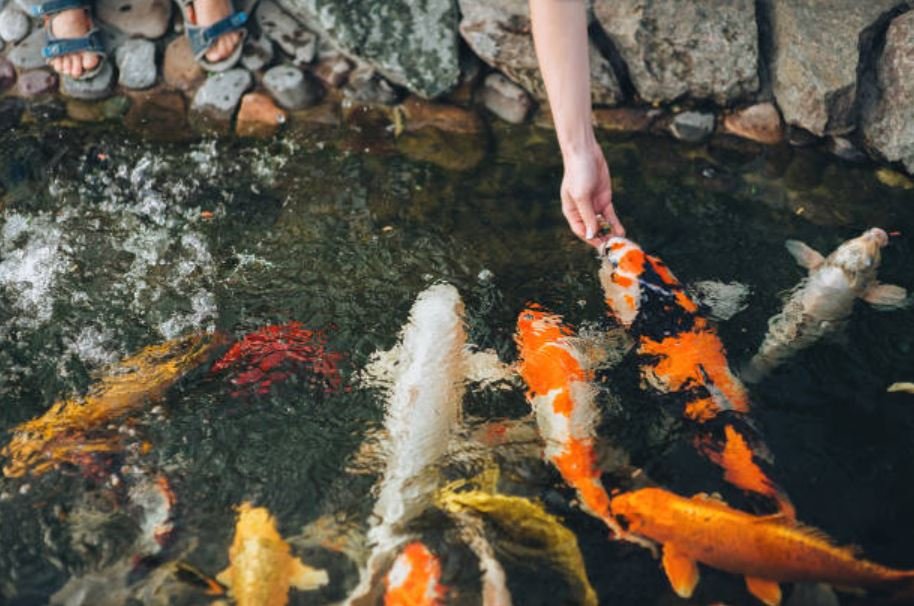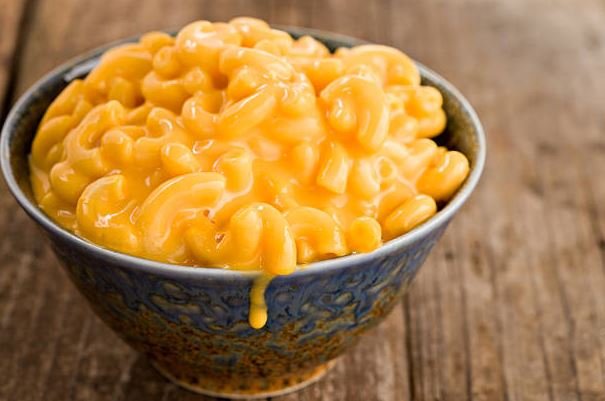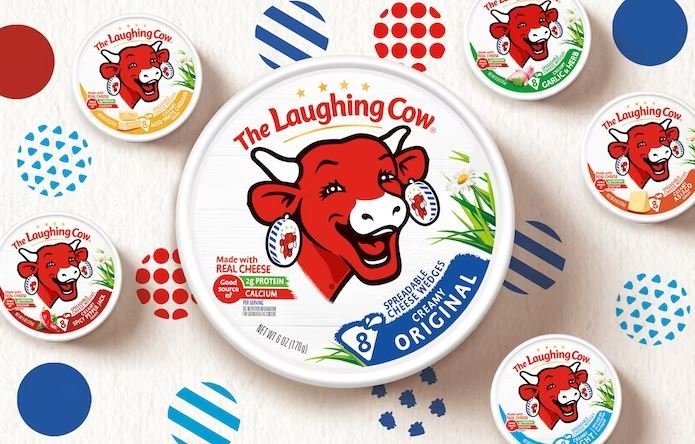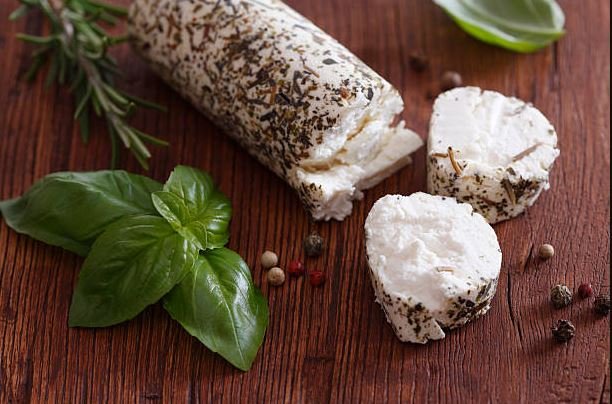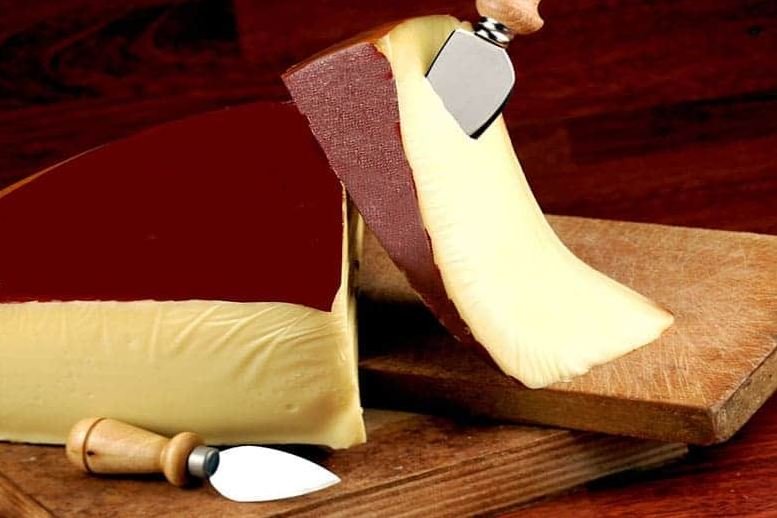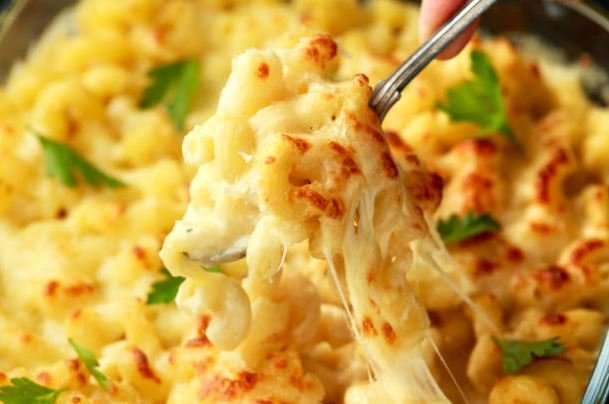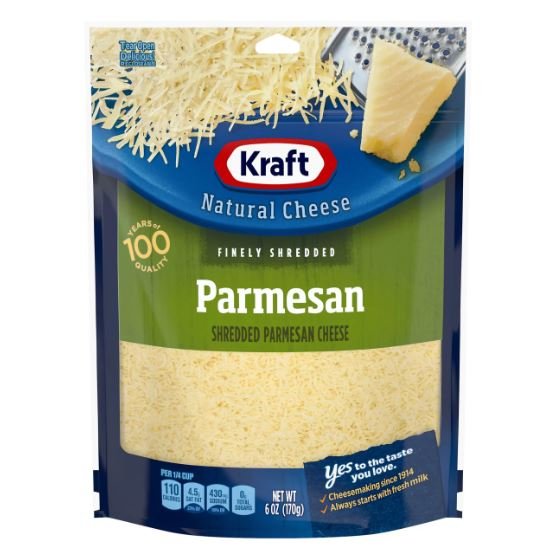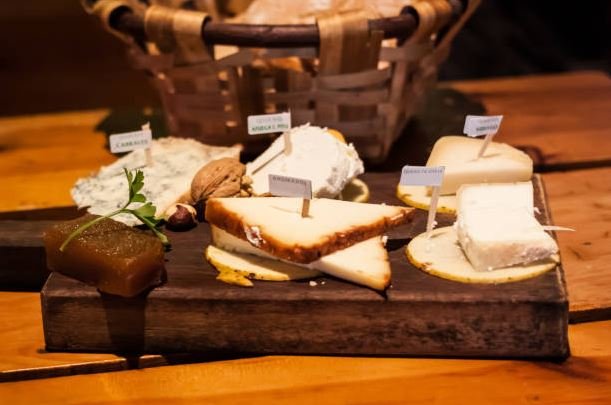Salmon is a nutritious seafood popular worldwide and usually found in the Pacific and Atlantic oceans. But keeping this vitamin-rich, mouthwatering seafood fresh requires proper storage. So how long does salmon last in the fridge?
Cooked salmon should be safe to eat for 3 to 4 days when properly stored in the refrigerator at or below 40°F (4°C). Raw salmon, on the other hand, can last up to 2 days in the fridge if opened from its original packaging.
After buying it from the grocery store, it’s best to cook it within 48 hours; keeping it in the fridge longer than that would make it go bad [bacteria growth increases]. You must know how long salmon lasts in the fridge when preparing it. If salmon is not consumed within two days of storage in the fridge, it should be moved to the freezer.
How Long Does Raw Salmon Last In the Fridge?
Raw salmon can last in the fridge for up to two days. The most common method of storing raw salmon is in the fridge. To achieve this, you have to rinse it thoroughly with cold water and pat it dry with a paper towel after you remove it from the wrapping.
Salmon can be stored in the refrigerator for one to two days after purchase. During the two days of storage, the salmon’s expiration date may be exceeded, but as long as it has been stored properly, the salmon will remain safe and fresh for use after the expiration date.
It would be best not to leave salmon out at room temperature. Temperatures between 40 °F and 140 °F; allow bacteria to grow quickly if salmon is left out for more than 2 hours at room temperature. It would be best if you threw it out. It is better to be safe than sorry when in doubt. So always be cautious if you are not sure about the freshness of the salmon.
How Long Can Salmon Last In The Freezer?
Generally, salmon can last up to six months in the freezer. But sometimes, it depends on the type of salmon. While raw salmon can last up to six months, smoked salmon will last for two months in the freezer. Then, if the salmon is canned, it can last up to one year in the freezer.
However, it would be best to remember some things when storing salmon in the freezer. Firstly, you must know how to keep salmon frozen with its quality intact. Secondly, you must know how to freeze the salmon to last as long as possible.
Salmon is a delicious and healthy protein you can enjoy in many ways. Freezing salmon is the best way to preserve it for later, especially if you have leftovers from a previous meal or just got them from the store.
Is Salmon Good After Five Days In The Fridge?
If you process your salmon the day it’s caught and flash-freeze it at its peak freshness while storing and handling it properly, it can last 4-5 days in the fridge. How long a salmon can spend in the fridge and remain fresh and edible mainly depends on the quality and freshness of the salmon before you store it.
Typically, you can only store a salmon you got from the supermarket for only one to two days after buying it. This results from the seafood supply chain that requires the salmon to go overseas for processing before reaching the supermarket.
How Long Can Thawed Salmon Stay In The Fridge?
The maximum time that thawed salmon should stay in the fridge is two days. If you keep salmon longer than two days in the fridge before cooking it, bacteria will set in and grow quickly in the flesh, making it go bad. This could pose a threat to your health and cause food poisoning.
Since thawed salmon is mostly sold frozen, there are fewer concerns about its freshness during transportation. But once the salmon has thawed, you must be mindful of its shelf life because the pink flesh can quickly turn grey.
Fortunately, if you store thawed salmon quickly after it has defrosted, it should remain fresh for up to two days. This estimate is only approximate because the shelf life of defrosted salmon can vary. It can spoil before the 48-hour time frame, as properly stored and defrosted salmon can last up to five days in the refrigerator.
What are the signs that raw salmon has gone bad?
Consuming spoiled salmon can lead to foodborne illness and unpleasant symptoms like nausea, vomiting, and diarrhea.
1. Discoloration
A colour change is one of the most noticeable signs that raw salmon has gone bad. Fresh salmon should have a vibrant pink or orange colour, but if it turns grey or brown, it’s a sign that it’s starting to spoil.
Additionally, if the salmon has dark spots or patches, it may be a sign of bacterial growth.
2. Slimy texture
Fresh salmon should have a slightly firm texture, and the skin should be shiny and smooth. If the salmon feels slimy or sticky, it’s a sign that it has gone bad. The slime is caused by bacteria that have started to grow on the surface of the fish.
3. Foul odour
Raw salmon has a mild, ocean-like scent that is not overpowering. If the salmon smells sour, rancid, or fishy, it’s a sign that it has gone bad. This odour is caused by bacteria that produce trimethylamine, which gives spoiled fish its characteristic smell.
4. Expiration date
Always check the expiration date on the package before purchasing or consuming raw salmon. If the salmon is past its expiration date, it’s a sign that it may have already begun to spoil.
Even if the salmon looks and smells fine, it’s best to err on caution and dispose of it.
There are a few other things to look out for when assessing the freshness of raw salmon. If the flesh appears mushy or flakes off easily, it may be a sign of spoilage. Additionally, if you notice any mold growing on the surface of the salmon, it’s best to dispose of it immediately.
How should raw salmon be stored in the fridge to extend its shelf life?
Like any other perishable food, salmon must be stored properly to ensure its freshness and safety. Improper storage of raw salmon can lead to spoilage, foodborne illness, and waste.
1. Keep it cold
The most important thing to remember when storing raw salmon in the fridge is to keep it cold. Salmon should be stored between 32 and 38°F to prevent bacterial growth.
Be sure to place the salmon in the coldest part of the fridge, such as the bottom shelf or crisper drawer.
2. Use proper packaging
To extend the shelf life of raw salmon, it should be tightly wrapped in plastic wrap or aluminum foil to prevent air from getting in.
Alternatively, it can be stored in an airtight container. To avoid contamination, it’s important to use fresh packaging each time the salmon is opened.
3. Label and date
Labelling and dating the salmon before storing it in the fridge to keep track of its shelf life is a good idea. This will help you know when it was purchased and how long it has been in the fridge. Use a permanent marker to write the date on the packaging.
4. Store separately
It’s best to store raw salmon separately from other foods in the fridge to avoid cross-contamination. Bacteria from other foods can easily transfer to the salmon, increasing the risk of spoilage and foodborne illness.
5. Use it quickly
While properly stored raw salmon can last up to two days in the fridge, it’s best to use it as soon as possible to ensure freshness. If you’re not planning to use the salmon within a day or two, it’s best to freeze it.
And make sure to avoid the following mistakes:
- Leaving it at room temperature for too long can increase the risk of bacterial growth and spoilage. That means it should be refrigerated as soon as after purchase or preparation.
- Not using a package. Make sure you use new packaging each time the salmon is opened.
- Don’t store it on the wrong side of the fridge. You should keep your raw salmon in the coldest part of the fridge.
- Not labelling or dating is another mistake that can lead to confusion about how long the salmon has been in the fridge and increase the risk of consuming spoiled fish.
- Store away from other foods to avoid cross-examination.

Raw Salmon Recipe
Ingredients
- Fresh salmon fillet, skin removed
- Soy sauce
- Sesame oil
- Rice vinegar
- Green onions, thinly sliced
- Toasted sesame seeds
- Optional: avocado, cucumber, jalapeno, or other toppings of your choice
Instructions
- Start by selecting a fresh salmon fillet from your local fish market or grocery store. Look for salmon that is bright in color, firm to the touch, and has a mild ocean scent.
- Using a sharp knife, remove the skin from the salmon fillet and discard.
- Cut the salmon into small, bite-sized pieces and place them in a bowl.
- In a separate bowl, whisk together 1/4 cup soy sauce, 1 tablespoon sesame oil, and 2 tablespoons rice vinegar.
- Pour the soy sauce mixture over the salmon pieces and toss to coat evenly.
- Add thinly sliced green onions to the salmon mixture and toss to combine.
- Cover the bowl with plastic wrap and refrigerate for at least 30 minutes to allow the flavors to meld.
- When ready to serve, sprinkle toasted sesame seeds over the top of the salmon and add any additional toppings of your choice, such as avocado, cucumber, or jalapeno.
- Serve the raw salmon immediately and enjoy!
Video
Notes
- Add sliced jalapeno or sriracha to the soy sauce mixture for a spicier version.
- Use a variety of toppings to customize the dish to your liking. Try adding diced avocado, sliced cucumber, or chopped cilantro.
- If you prefer a sweeter flavour, add a tablespoon of honey or brown sugar to the soy sauce mixture.
- This recipe can also be made with other types of fish, such as tuna or yellowtail.
Conclusion
For salmon to maintain its nutritional profile, knowing how long to keep it fresh and how to store it properly is essential.
Salmon can last up to two days in the refrigerator if properly stored, but always check the expiration date on the packaging. That way, you can still have your salmon fresh and ready for consumption.


